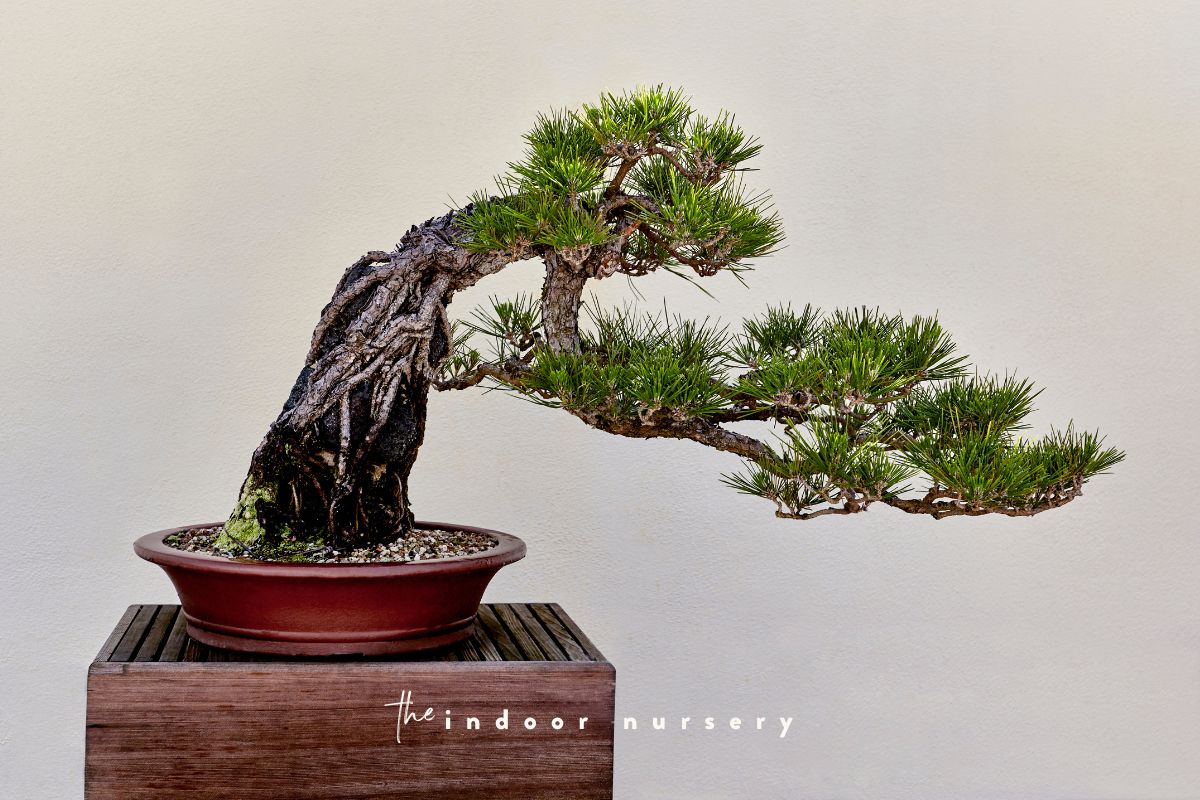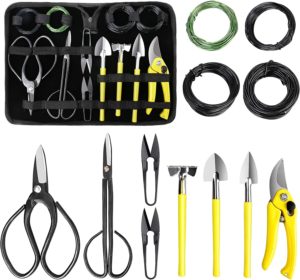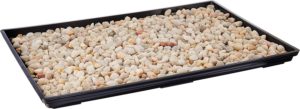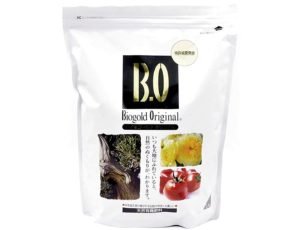Key takeaways:
- Black Pines like full sun and good drainage.
- Prune your Black Pine bonsai tree regularly, every early winter.
- Black Pine trees are sensitive to repotting and pruning, requiring delicate care.
- Starting Japanese Black Pine seeds (or young trees) is better for shaping into the desired direction. A mature tree will likely be damaged from the wiring.
With proper care, bonsai enthusiasts can enjoy a long and beautiful life with their Japanese Black Pine bonsai trees.
Soil requirements
It is essential to transplant Japanese Black Pine Bonsai into new soil during the early months of spring, or at the time you notice the buds are starting to swell. In most cases, this period may be between late February and mid-April (in the Northern hemisphere), although it still depends on your area. Keep in mind that Black Pines require protection from frost after transplanting, so you should secure its location to make sure the temperature is conducive to its health. This is why you want to wait until late winter and early spring, when frost is less of a threat.
The soil mixture that is suitable for Japanese Black Pines may be a wide variety of materials, although the most important thing is that the soil offers good drainage. A bonsai soil mixture of coarse sand, peat moss, and calcinated clay will provide adequate drainage while retaining moisture.
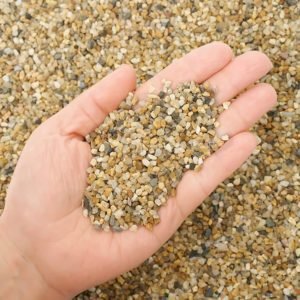
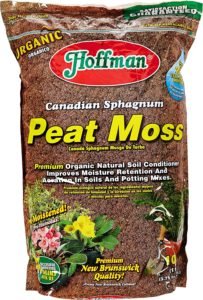

Pruning
It’s best to reserve significant pruning for late fall and early winter. Pine trees store sap throughout the winter and use the sap to fuel new growth during spring. When you prune branches and leaves during this time, you cause “sap bleeding”, which is wasted energy. To minimize sap bleeding, it’s best to prune during early winter.
Pine trees are sensitive to pruning, so put putty cut paste along the edges of the cut wound to protect it during healing. Keep them in partial shade for about a month after pruning.
Styling and shaping
You can shape the new growth on Japanese Black Pine bonsai trees during the growing season (AKA spring). To keep the needles short and the foliage dense, the shaping process takes about a month to complete and requires a few waves of pruning. You’ll begin pinching the new growth. Begin by pinching off the weakest buds in the areas you don’t want new growth. A week later, pinch off the stronger undesired buds.
A week after that, remove the biggest and strongest buds in your strongest desired areas of growth. Remove any needles that are growing from the top or bottom of the branches.
To shape this Japanese Black Pine bonsai tree into something beautiful (like Cascading Style), you can wire its branches during the winter months. Be careful not to snap or damage any of its branches and make sure the bark doesn’t begin to grow over the wire.
The most common bonsai style for the Black Pine is the formal upright style (Chokkan).
Watering your bonsai tree
Black Pines are also known to withstand water much better than other species. The Japanese Black Pine trees prefer to have moist roots most of the time, which is a sharp contrast to other pine species that do not prefer constantly moist soil. This pine tree is also highly tolerant of drought, making it a forgiving tree for budding bonsai enthusiasts. (see what I did there??)
However, you should maintain the pot’s moisture level and never make it a habit of leaving the soil either soaking wet or completely dry. Just make sure it receives the right amount of water to prevent drowning it. A humidity tray underneath the container can help you maintain the right amount of relative moistures.
Fertilizers
Japanese black pine bonsai trees don’t need much fertilizer, but could benefit from regular feeding during the growing season. A balanced fertilizer like Bio Gold will support your healthy tree well.
Repotting
Just like with most bonsai plants, it’s best to repot the Japanese Black Pine bonsai tree in early spring before the buds begin to grow. While most bonsai trees fit comfortably in a traditional bonsai pot, the Black Pine bonsai may need a slightly larger growing container that has more space for the feeder roots. While most pine species do not require so much moisture, Japanese Black Pines enjoy more frequent waterings. Because of this, it’s best to fit these small trees in a deeper container with drainage holes to prevent root rot.
Pine trees have a special symbiotic relationship with a fungus, which helps the pines break down nutrients and absorb them. The fungus, called Mycorrhiza, is also thought to produce natural growth hormones and protect the roots against certain diseases and pathogens. When you’re repotting your Japanese Black pine bonsai tree, be sure to include some of this fungus, or a prepared potting mixture with this fungus in it.
PRO TIP: Be gentle with the roots. Pine trees do not like their roots rearranged and are sensitive to repotting. Be gentle and place your Black Pine in partial shade while it gets used to its new soil.
Light and placement
Japanese Black Pine trees require full exposure to direct sunlight, so it could thrive well. With a good amount of sunlight each day, this bonsai tree species can produce denser and shorter needle growth with less internal space.
During autumn, thin the excess old needles to allow sunlight to penetrate well throughout the plant. In addition, you must make sure that your plant receives good air circulation to promote its excellent condition and resistance against fungi and pests that can impact its health.
Pest management & fungal diseases
Before you begin cultivating and training the Japanese Black Pine bonsai, you should understand that this pine tree is prone to insects that may infect your other trees. Mealy bugs, spider mites, borers, saw flies and aphids are common pests that attack all pine species. In fact, Needle Cast, one of the most common fungal diseases, causes the browning of the tips of the plant’s needles. The best way to solve this issue is by using fungicides, yet it is unlikely to restore the color of its needle. Thus, you should place your plant on a regular spraying program, so you can protect it from pests and avoid serious fungal diseases and infections that may damage it.
Closing thoughts
Once you learn how to properly care for your Japanese Black Pine Bonsai, you can be sure that it will stay healthy and strong for years.
learn more about bonsai plants
- How to keep bonsai leaves small
- How long do bonsai trees live? Longer than you.
- How to care for your Japanese black pine bonsai
- How to grow aqua bonsai (water bonsai)
- How to care for a Red Maple bonsai tree
- Pomegranate bonsai tree care guide for beginners
- 15 bonsai styles and shapes that will inspire you
- Bonsai palm tree care: How to care for palm tree bonsais

